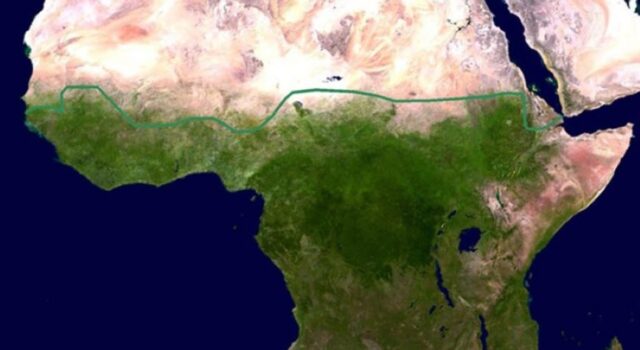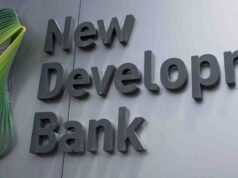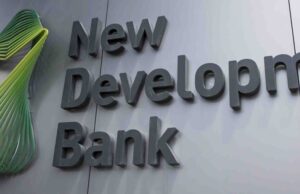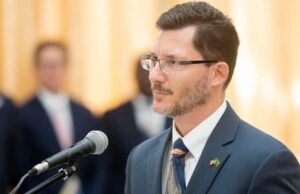
(5 Minutes Read)
The Great Green Wall aspires to be the largest living structure on the planet, three times the size of Australia’s Great Barrier Reef. Conceived nearly 40 years ago to halt the advancement of the Sahara Desert, the Great Green Wall project has acquired a larger traction in the succeeding years
Will deserts in the Sahel region become a greenbelt silhouetting the largest continent from vagaries of nature?
Many thought what could be impossible is now in the achievable realm as Chad’s is developing a wall, not of brick and mortar but a canopy of thick forest with lush green cover making the region habitable for flora and fauna.
The de-desertification plan for Africa carried out in the heart of Sahel does not have many parallels in the world. The ecosystem is either created or restored with great care and with a touch of innovation and artistry. Not alone that, it has grown into a movement that can have great ramifications for the continent not alone for making the area more liveable but in creating a superstructure for knitting together communities and providing them sustainable growth pathways.
The Great Green Wall aspires to be the largest living structure on the planet, three times the size of Australia’s Great Barrier Reef. Conceived nearly 40 years ago to halt the advancement of the Sahara Desert, the Great Green Wall project has acquired a larger traction in the succeeding years. The integrated forest plan is set to change the landscape of the Sahel-Saharan states striking roots on the continent.
The operational phase of the project started in 2010 in 11 African states being inundated by deserts. In Chad, the project focuses on mobilizing communities to plant as many trees as possible to counter the advance of the desert along a stretch of over 2,300km. However, the project has a higher goal to cover at least 7,000km and 15km wide along the Sahel. When the project is complete, it will cover 100 million hectares in vegetation, extending from Dakar in the western part of the continent to Djibouti in the east. If everything goes well, the project will come to fruition by 2030.
The Agence Nationale De La Grande Muraille Verte (ANGMV), created in 2012, is responsible for implementing Chad’s Great Green Wall project. Since its creation, ANGMV has contributed to the restoration of more than 36,000 hectares of land, the creation of thousands of green jobs, the production of two million seedlings through 12 large nurseries, and the digging of 76 boreholes. ANGMV has also trained local communities in sustainable land management practices and established critical partnerships with regional and international organizations.
As part of the Albiä project financed by the World Bank, ANGMV is stepping up its reforestation work in the region with funding from partners such as the United Nations Development Programme, the World Food Programme, the Food and Agriculture Organisation, and other donors. The Chadian government also contributes to the program.,
This year, ANGMV has planned specific actions such as extending assisted natural regeneration, reforestation programs around refugee camps, and raising awareness about climate change. A specific section on partnerships with communities for the sustainable management of sites is also on the agenda. At least 130,000 seedlings have been planted so far, mostly by volunteers. Photo: ANGMV
Once completed, the wall will not only stave off the advance of the desert but also create a system to capture and store 250 million tonnes of CO2, thereby combating global warming. More educational programs and economic incentives, such as the promotion of agroforestry, could encourage greater participation.
Read Also:
A 2020 survey by the NGO Transparency International revealed that countries in the desert belt are cooperating for the timely implementation of the project by 2023. They are all imbued with a common spirit derived from the dream of a unified Africa by 2063. At the root of the implementation of the green cover is the realization that it is a marathon and not a sprint that needs sagacity, perseverance, course correction, and more than anything else, global support since Africa’s future is entwined with that of global sustainability to ward off climate change.











